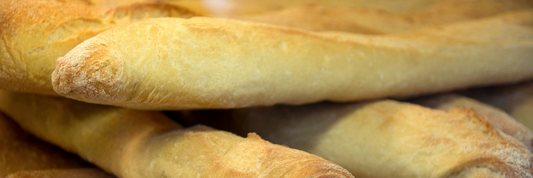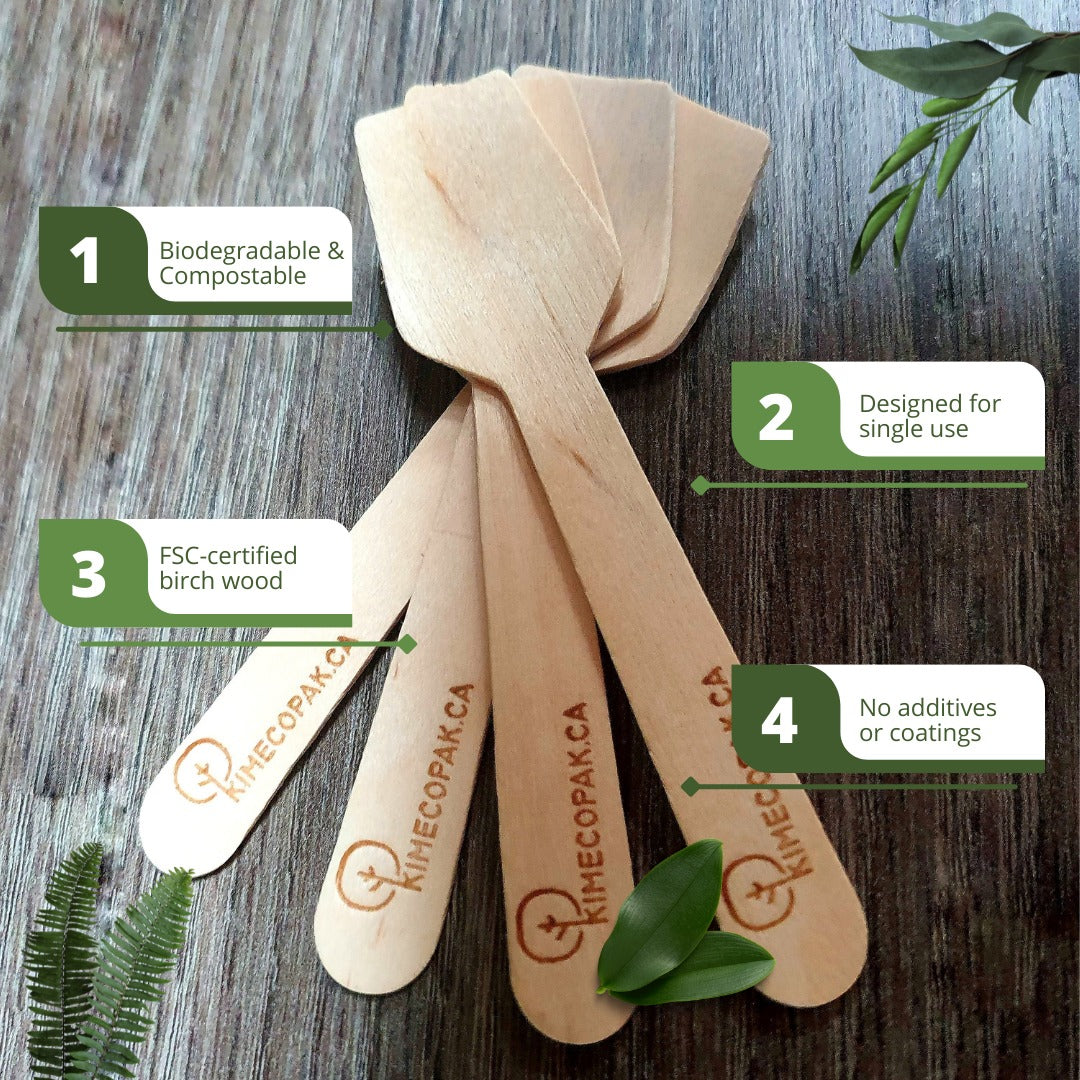If you've ever enjoyed a creamy pudding or a cup of bubble tea, chances are you've encountered tiny chewy balls known as sago pearls or tapioca pearls. While they look similar at first glance, these starch-based pearls come from entirely different plant sources and offer distinct textures, flavors, and culinary uses. In this article, we'll break down the key differences between sago vs tapioca pearls—from their origins and production methods to cooking tips, taste, and best-use cases—so you can choose the right ingredient for your next recipe or product line.
What Are Sago and Tapioca Pearls?
At first glance, sago pearls and tapioca pearls may look almost identical—small, round, white or translucent balls often used in desserts and beverages. However, they come from very different plant sources and have distinct characteristics in terms of origin, texture, and usage.
What Are Sago Pearls?
Sago pearls are small, white-to-cream-colored starch balls made from the pith (inner trunk) of tropical sago palm trees, primarily the Metroxylon sagu species. These palms are native to Southeast Asia and Papua New Guinea, where sago has long served as a dietary staple.
The traditional production process is labor-intensive: the inner pith of the palm trunk is grated, washed to extract starch, and then dried and rolled into tiny pellets—what we know as sago pearls. These pearls are commonly used in Southeast Asian desserts such as sago pudding, bubur cha cha, or paired with coconut milk and palm sugar.
Because of the natural extraction method, real sago pearls are often irregular in shape and slightly varied in color. They offer a soft, slightly chewy texture with a mild, earthy flavor.

What Are Tapioca Pearls?
Tapioca pearls, often referred to as boba, are round starch balls made from the root of the cassava plant (Manihot esculenta), a drought-tolerant crop native to South America and widely cultivated across Africa and Asia.
Unlike sago, tapioca pearls are typically mass-produced in controlled factory settings. Cassava roots are processed into a fine white starch (tapioca flour), which is then combined with water and shaped into uniformly round pearls. These pearls are naturally white or translucent but are often dyed black or colored for visual appeal—especially in bubble tea.
Tapioca pearls have a smooth, elastic texture and are prized for their signature chewiness—a quality known as “QQ” in Taiwanese food culture. Their neutral flavor makes them ideal for soaking up sweeteners, syrups, or milk tea.

Sago vs Tapioca Pearls Origin & Production
Although sago pearls and tapioca pearls share similar appearances, they come from completely different botanical and processing origins.
Sago Pearl Production
Sago pearls are made from the starchy core of tropical sago palm trees (Metroxylon sagu). The production process is mostly manual and traditional, particularly in Southeast Asia and Papua New Guinea. The inner trunk of the palm is split open, and the soft pith is scraped or carved out. This fibrous material is then washed repeatedly to extract the starch, which settles, dries, and is finally shaped into small, irregular pearls.
This hands-on method results in pearls that vary slightly in color and size. True sago is often considered artisanal due to its labor-intensive production and regional sourcing.
Tapioca Pearl Production
In contrast, tapioca pearls are made from cassava root starch (Manihot esculenta), a crop originally native to South America but now widely cultivated in Asia and Africa. The production of tapioca pearls is highly industrialized. Cassava roots are peeled, shredded, and pressed to extract the starch. The purified starch is then processed into a dough, mechanically formed into perfectly round spheres, and dried or cooked, depending on the product type.
Because of its large-scale efficiency, tapioca pearls emerged as a more affordable substitute for sago, especially in applications like bubble tea and puddings.
Sago vs Tapioca Pearls: Appearance & Texture
Though both sago and tapioca pearls are starch-based, they differ in size, shape, texture, and cooking behavior—all of which can impact your recipe.
| Feature | Sago Pearls | Tapioca Pearls |
|---|---|---|
| Color | Naturally off-white, sometimes brownish or pinkish | Pure white or artificially dyed (black, rainbow) |
| Shape / Size | Small (~2 mm), irregular, handmade | Larger (5–8 mm), uniformly round |
| Texture | Soft, delicate, may crumble when overcooked | Chewy, elastic, "QQ" texture when properly cooked |
-
Sago pearls have a more fragile structure and require gentle cooking. Overboiling may cause them to break down.
-
Tapioca pearls, especially those used in bubble tea, are known for their distinct chewiness—a springy texture that holds up well in hot or cold liquids.
Whether you prefer the refined, uniform chew of tapioca or the soft, rustic texture of sago, your choice will depend on the desired mouthfeel, cultural recipe, and preparation method.
Sago vs Tapioca Pearls Taste
When it comes to flavor, both sago pearls and tapioca pearls are relatively neutral. Their primary role in recipes is to provide texture and absorb the flavors of accompanying ingredients.
-
Sago pearls have a subtle, slightly earthy or nutty undertone derived from the natural starch of the sago palm. This makes them especially well-suited to traditional Southeast Asian desserts where coconut milk, palm sugar, and pandan are the dominant flavors.
-
Tapioca pearls have a very faint taste, often described as bland on their own. However, this neutrality makes them an ideal base for absorbing sweet syrups, brown sugar, tea, and flavored milks—which is why they're the go-to choice for bubble tea (boba).
In both cases, texture is the main appeal: sago delivers a soft and delicate bite, while tapioca provides a chewy, elastic “QQ” texture that holds up well in drinks and layered desserts.

Cooking Tips
How to Cook Sago Pearls
-
Cooking Time: 10–15 minutes.
-
Preparation: Optional soaking helps avoid an uncooked center (“white core”).
-
Pro Tip: After boiling, let the pearls sit in hot water for a few minutes with the lid on to finish cooking evenly. Rinse with cold water before use.
How to Cook Tapioca Pearls
-
Cooking Time: 15–20 minutes, followed by 10–15 minutes resting in syrup or warm water.
-
Flavor Boost: After boiling, soak in sugar syrup or honey to infuse sweetness.
-
Storage Tip: To preserve chewiness, keep them at room temperature in syrup. Avoid refrigeration, which makes them hard and rubbery.
Proper cooking is key to unlocking the best texture—whether it’s the silky softness of sago or the bouncy chew of tapioca.
Price & Availability
Sago Pearls
-
Less common globally due to limited production regions and traditional processing.
-
Considered more artisanal and region-specific (mostly Southeast Asia and Papua New Guinea).
-
Generally more expensive than tapioca due to lower yield and manual labor involved.
Tapioca Pearls
-
Mass-produced on a global scale, especially in Asia and South America.
-
Widely available in supermarkets, Asian grocery stores, and online.
-
Offered in various sizes and colors—white, black, rainbow—for different culinary applications.
If accessibility and budget are concerns, tapioca pearls are the more convenient option.
Which One Should You Use?
Choosing between sago vs tapioca pearls depends on your recipe goals, texture preference, and cultural authenticity:
-
Choose tapioca pearls if you want:
-
A chewy, resilient bite perfect for bubble tea, smoothies, and layered desserts.
-
An easy-to-source, consistent product with color options.
-
-
Choose sago pearls if you prefer:
-
A softer, more delicate texture for puddings or traditional desserts like sago gula melaka or bubur cha cha.
-
A more authentic, small-batch experience for cultural or specialty cooking.
-
Both can shine in the right setting—so your choice should reflect the final texture, presentation, and taste experience you're aiming to achieve.
Pro Tip: If you're serving tapioca pearls in bubble tea, don’t forget to pair them with a wide-diameter boba straw. Traditional straws are too narrow and won’t allow pearls to pass through smoothly. For an eco-friendly option, consider using sugarcane boba straws—sturdy and wide enough to handle even the largest tapioca pearls.
FAQs About Difference Between Sago and Tapioca Pearls
Is sago the same as tapioca?
No—sago comes from palm pith; tapioca from cassava root; though similar in form, they differ in origin and texture
Can you use sago pearls in bubble tea?
Definitely—some places serve it, though texture differs from larger boba.
Why is tapioca more popular?
Because it’s cheaper, easy to mass-produce, consistent in texture and shape, ideal for bubble tea .
Conclusion
Sago and tapioca pearls may look alike, but differ significantly in origin, texture, and culinary fit. Tapioca pearls are best for bold, chewy bubble tea experiences, while sago pearls bring gentle, nuanced texture to traditional desserts. Both are gluten-free and rich in starch—pick based on desired mouthfeel, visual appeal, and authenticity.







